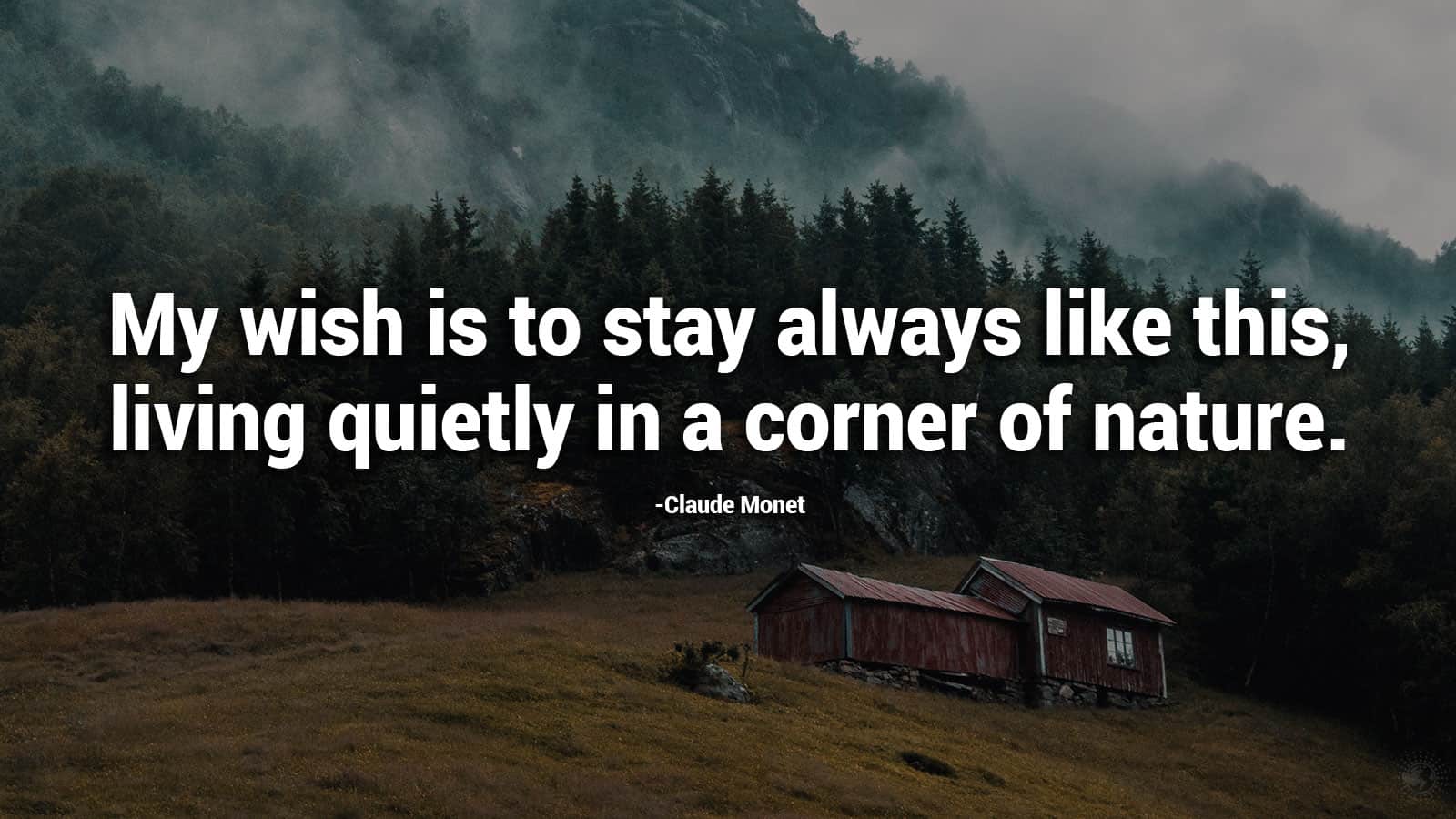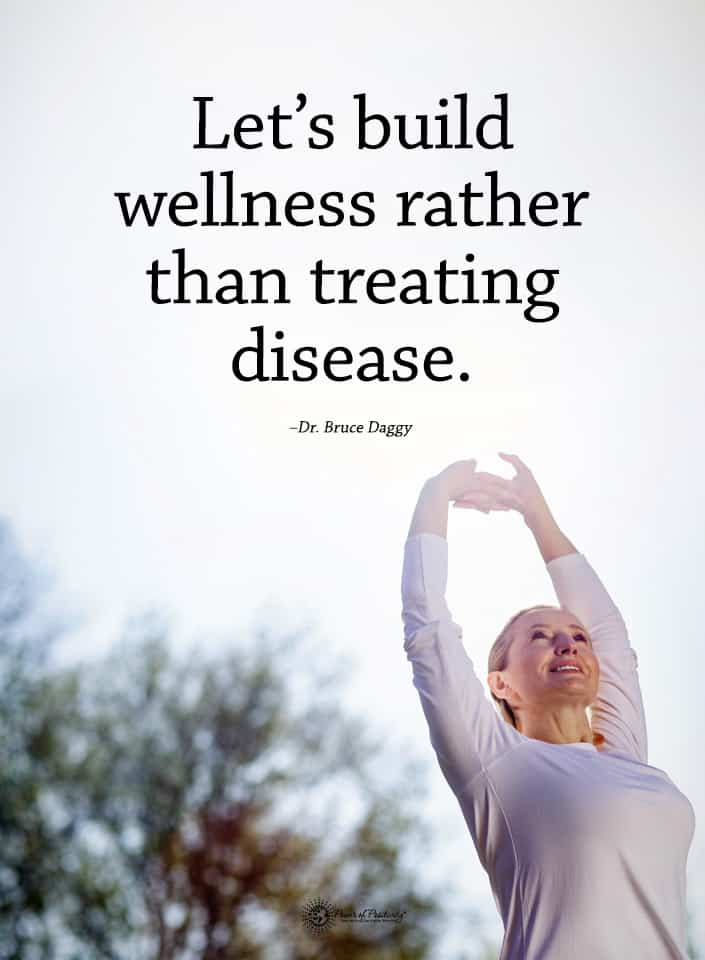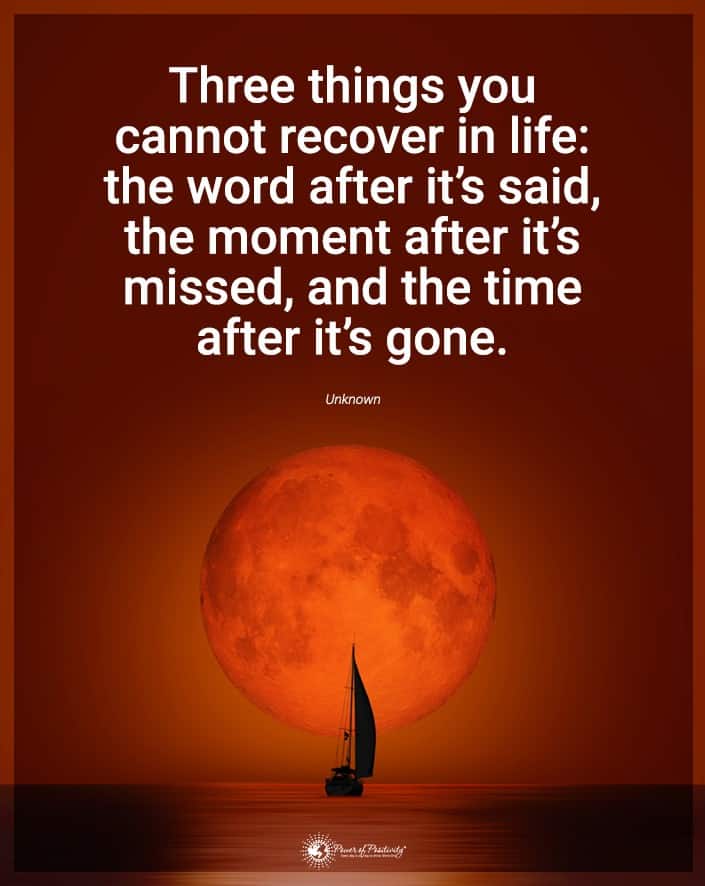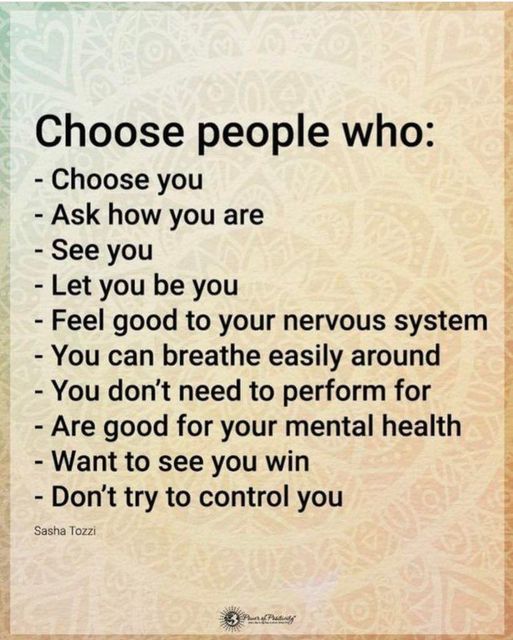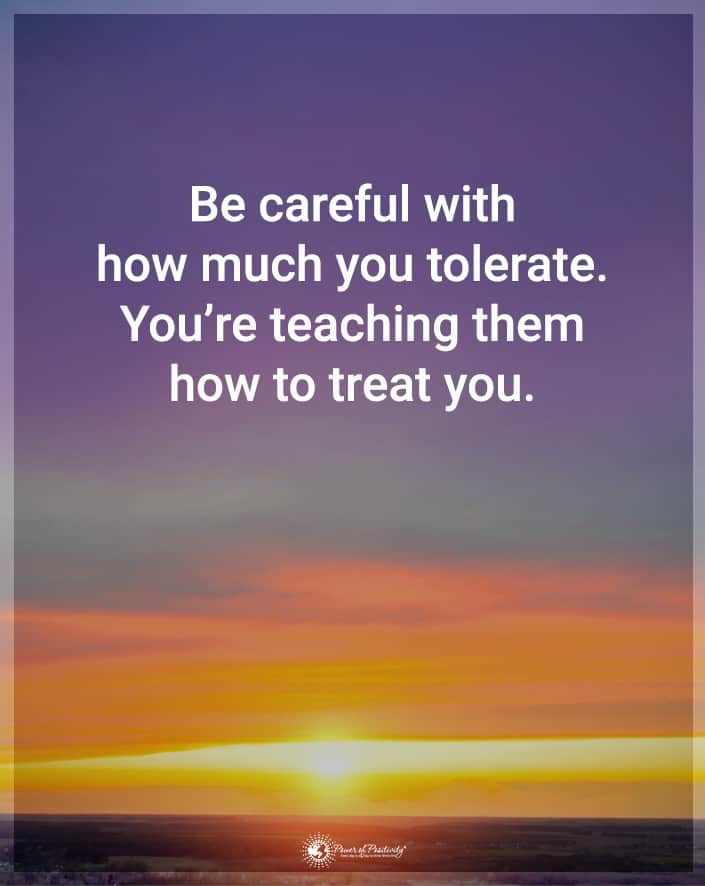A study by researchers from Xi’an Jiaotong University discovered how to reduce noise from wind turbine blades. The technology would also apply to aircraft and other machines with airfoils. The inspiration for the new design? Owl wings.
The prevalent sound from aeronautical and turbine engines such as drones, wind turbines, and airplanes comes from trailing-edge noise. Many urban areas consider it a priority to reduce this type of noise pollution when possible.
So, to help with that goal, the research team analyzed the characteristics of owl wings to improve airfoil designs. Using this technology to create wind turbine blades and other airfoils could dramatically lower trailing-edge noise. The research has been published in Physics of Fluids by AIP Publishing.
Owls Inspire Noise-Reduction Technology Wind Turbine Blades
Owls inspired their invention due to their serrated wings, which break up airflow and absorb sound. They also have a flexible fringe toward their wing’s trailing edge or back part. This breaks up the air even more, considerably reducing aerodynamic noise.
“Nocturnal owls produce about 18 decibels less noise than other birds at similar flight speeds due to their unique wing configuration,” said author Xiaomin Liu. “Moreover, when the owl catches prey, the shape of the wings is also constantly changing, so the study of the wing edge configuration during owl flight is of great significance.”
When air passes along the back of an airfoil or wing, it produces trailing-edge noise. This airflow creates turbulence along the top and bottom surfaces of the airfoil. When these two airflows meet along the trailing edge, they scatter and make noise.
Prior studies investigated serrated trailing edges, discovering that these serrations helped suppress the noise of rotating machines. Unfortunately, the noise reduction of the wind turbine blades mainly depended on the final application and wasn’t guaranteed in all cases.
“At present, the blade design of rotating turbomachinery has gradually matured, but the noise reduction technology is still at a bottleneck,” said Liu. “The noise reduction capabilities of conventional sawtooth structures are limited, and some new nonsmooth trailing-edge structures need to be proposed and developed to tap the potential of bionic noise reduction further.”
Study on How Serrated Airfoils Reduce Noise
The researchers utilized noise calculation and analysis software to perform several studies for this study. These involved detailed measurements of simplified airfoils that resembled owl wings. They applied these results to reduce the noise of rotating machinery.
The noise decreased when they improved airflow near the trailing edge and optimized the airfoil’s shape. One peculiar finding from the study was that asymmetric serrations resulted in more significant noise reduction than symmetric designs.
They also noted that noise reduction depended heavily on operating conditions. So, the team said that the airfoil designs would require customizations based on the specific application.
For instance, wind turbine blades have complicated incoming flow conditions requiring a more generalized noise reduction approach. Therefore, scientists must investigate how noise reduction technologies perform with various incoming flows.
Either way, the team believes their work will help inform airfoil design in the future.
Other Studies on the Impact of Wind Turbine Noise Pollution
As the demand for wind energy keeps increasing, scientists have been scrambling to tackle noise pollution. Wind turbine blades disturb residents living near wind farms to such a degree that experts created the Wind Farm Noise Study. Researchers from Flinders University used machine learning and other signal processing techniques to determine how wind turbines impact humans.
They found that wind turbine blades’ nighttime ‘swoosh’ noise disrupts communities the most. Scientists estimate that nearby residents hear this sound, technically called ‘amplitude modulation’ (AM), five times more often at night than during daytime hours. Of course, wind direction, wind farm distance, and season also factor into these results.
“The noise seems to worsen after sunset when amplitude modulation can be detected for up to 60% of the nighttime at distances around 1 km from a wind farm. At greater than 3 km, amplitude modulation also occurs for up to 30% of the nighttime,” said Flinders University Ph.D. candidate Duc Phuc (‘Phuc’) Nguyen, who led the study.
Researchers created the Wind Farm Noise Study to investigate how noise from wind turbine blades impacted sleep for residences near wind farms. Scientists continue researching the potential adverse effects wind turbine noise can have on humans.
Dr. Kristy Hansen, an acoustic expert who also participated in the study, said wind turbine noise largely depends on wind direction. Those living in downwind and crosswind conditions will likely hear wind turbine blades more often.
“We found that AM occurs most often during these wind directions,” she says. “Using these recent advances in machine learning, we have been able to develop an AM detection method that has a predictive power close to the practical limit set by a human listener.”
How to Reduce Exposure to Noise Pollution
Of course, noise pollution doesn’t just come from wind turbine blades. For example, if you live in a big city, you probably encounter your fair share of noise. You can still protect yourself from excess noise with these tips:
- Wear noise-canceling earplugs or earphones. These can help reduce your noise exposure, especially during evening hours when you’re trying to sleep.
- Soundproof your home. Install double-paned windows to block the maximum amount of sound if you have the means. Ensure the weather stripping around doors and windows seals tight as well.
- Opt for carpet instead of wood or tile floors. The rug will absorb sound much better and keep your feet warm in the winter!
Final Thoughts on Making Wind Turbine Blades Less Noisy
We’re getting closer to transitioning from fossil fuels to clean energy sources each day. Wind turbines will have a massive role in this new era of energy generation. However, it’s becoming clear that wind turbines also have a few downsides, such as creating noise pollution for nearby residents.
Xi’an Jiaotong University’s scientists have studied owl wings’ characteristics to help improve airfoil designs. They found that building airfoils with serrated edges significantly reduced noise like those on owl wings. More research is needed, but wind turbine blades and other rotating machinery will hopefully operate more quietly in the future.

